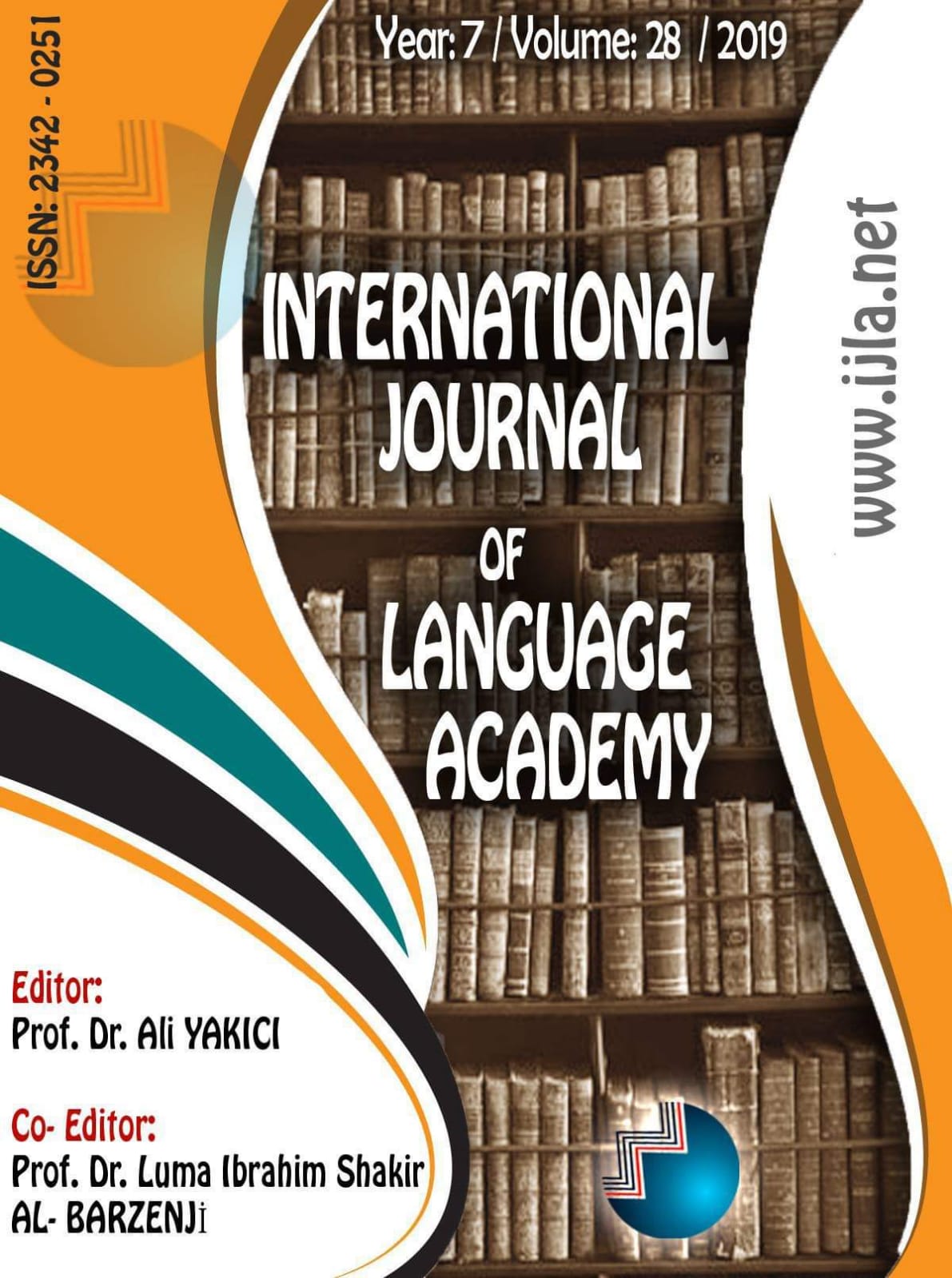Author :
Abstract
This study investigated the difficulties encountered by English as a foreign language (EFL) Arab learners in pronouncingEnglish consonants. It also attempted to answer the question of why they mispronounce such consonants in English. To achieve these objectives, the study was carried out among four EFL learners joining University Putra Malaysia. The data was collected through reading-aloud tasks and self-reflection interviews. The participants’ pronunciation recorded was also rated and evaluated by two teachers who are native speakers of English. Then, their mispronounced sounds were identified and quantified using instances of occurrence of such mispronounced sounds in English words. For the interviews, we analyzed them thematically. The results show that the learners mispronounce these consonants: /?/,/?/, /p/, /d/, /?/ and /v/ with different instances of occurrences. Based on learners’ self-reflection from the interviews, Arabic interference, the different sound systems in both languages, the lack of effective instruction and exposure to accurate English pronunciation at school and the age of learners are all reasons behind such mispronunciation of English consonants among EFL Arab learners. The study is concluded by stating several useful suggestions for teachers, learners and researchers.
Keywords
Abstract
This study investigated the difficulties encountered by English as a foreign language (EFL) Arab learners in pronouncingEnglish consonants. It also attempted to answer the question of why they mispronounce such consonants in English. To achieve these objectives, the study was carried out among four EFL learners joining University Putra Malaysia. The data was collected through reading-aloud tasks and self-reflection interviews. The participants’ pronunciation recorded was also rated and evaluated by two teachers who are native speakers of English. Then, their mispronounced sounds were identified and quantified using instances of occurrence of such mispronounced sounds in English words. For the interviews, we analyzed them thematically. The results show that the learners mispronounce these consonants: /?/,/?/, /p/, /d/, /?/ and /v/ with different instances of occurrences. Based on learners’ self-reflection from the interviews, Arabic interference, the different sound systems in both languages, the lack of effective instruction and exposure to accurate English pronunciation at school and the age of learners are all reasons behind such mispronunciation of English consonants among EFL Arab learners. The study is concluded by stating several useful suggestions for teachers, learners and researchers.





